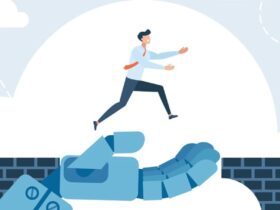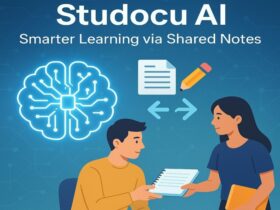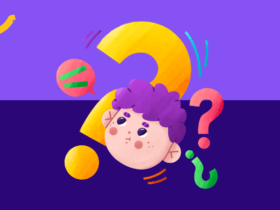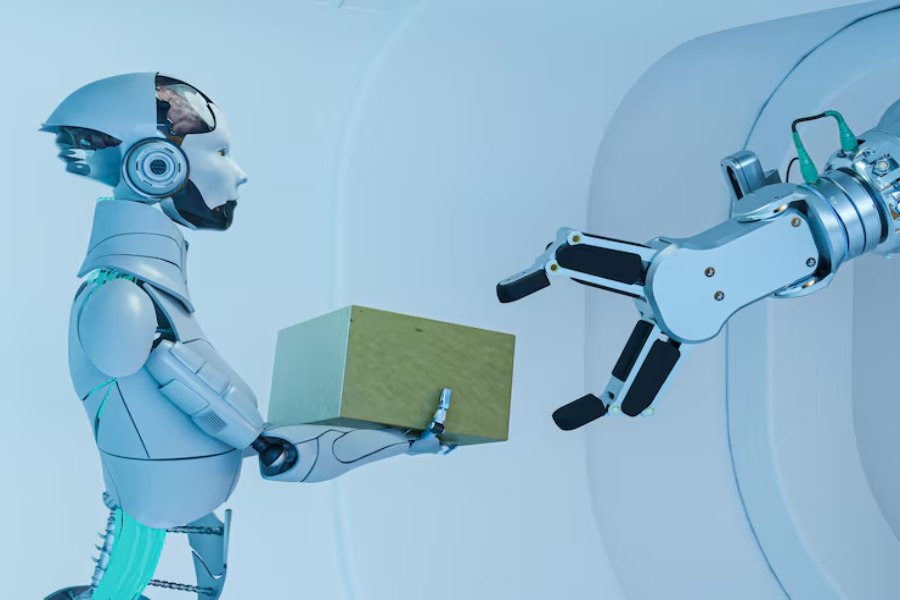AI product development means using artificial intelligence tools to help plan, build, test, and manage products. It supports each step of the process, from early research to launch. AI can take over repeat tasks, find patterns in user behavior, and give feedback faster than people alone.
This helps teams work with fewer delays and make clearer decisions. They can spend less time on routine checks and more on shaping the product. It also helps avoid waste by showing early signs of problems or poor results. When done well, AI product development makes work smoother and lowers overall costs.
Clearer Decisions with Pattern Recognition
AI product development helps teams go through large sets of numbers, pictures, or records. Instead of checking everything by hand, the system finds patterns. It shows what repeats, what changes, and what needs attention. This helps teams respond early, fix issues, or avoid waste.
For example, AI can:
- find user actions that lead to problems
- show which features people use the most
- catch errors in logs before users notice
- spot drops in performance or sales
- point to areas that take too long or cost too much
By showing this in real time, AI gives teams the chance to fix things before they grow. It helps them make changes based on facts, not guesswork. That leads to better use of time and fewer wrong turns in the project.
Smaller Teams Do More
AI product development lets a small group of people do what once took many hands. For example, one person can run a chatbot, an ad campaign, and a product test with help from an AI MVP. This cuts the need for extra staff. It also means companies can move ahead with fewer delays. Teams don’t wait for someone to sort reviews, tag pictures, or group reports. The system does it, so the people can focus on planning and building.
Faster Testing and Fewer Errors
AI tools can check how users behave, how features perform, and where bugs hide. This shortens the trial phase. Before, testing took days or weeks. Now, AI watches in real time. If something breaks, it flags it. If users get stuck, the system sees it. This helps catch problems before they spread. And it lets the team fix things while the product is still new, not after it’s already launched.
Shorter Time Between Ideas and Results
Speed matters. A product idea that takes too long to build can lose its value. AI development life cycle cuts wait times by helping write code, test models, or check performance. Some tools write early drafts of code. Others prepare reports based on past results. This means less time is spent on repeat tasks. The team gets to test ideas, drop bad ones, and grow good ones faster.
Cheaper User Support
User support often takes up a large part of a company’s budget. Teams spend money on phone centers, chat agents, and email support. AI helps by taking on the basic tasks that don’t need a person. It can answer common questions, guide users through steps, or give quick help at any time of day. This reduces wait time for users and allows support staff to focus on harder problems:
- answer questions about opening hours, orders, or pricing
- help users reset passwords or update accounts
- guide people through setup or common issues
- sort messages so that urgent ones go to a human
- learn from past chats to give better answers over time
This setup doesn’t remove the need for people. It changes how support teams work. AI handles repeat questions, while staff solve complex cases. That lowers costs and keeps the service running without delay.
Better Planning with AI Models
AI models don’t just copy what people do. They can guess what might happen next. AI MVP helps in planning. For example, AI can look at past sales and guess future demand. Or it can spot patterns in customer behavior that point to change. With this, teams can prepare. They don’t overbuild. They don’t run out. They stay closer to what people want, when they want it. This reduces waste and makes spending more useful.
Reusing What Already Works
AI development often builds on what’s already been done. Instead of starting from zero, teams can use existing tools, scripts, or models that have already been tested. This shortens the time spent on the early stages of a project. It also reduces the chance of mistakes, since the tools have already worked in other settings. By reusing working parts, teams can:
- avoid repeating the same setup steps
- spend less time writing code for common features
- lower the risk of bugs in early builds
- use tested libraries that are kept up to date
- shift focus to tasks that need custom solutions
This approach also helps when fixing or updating systems. When tools are built from known blocks, it’s easier to check what went wrong or replace just one part. That keeps the project steady and helps control spending.
AI MVP development is not just a trend. It helps teams work smarter and spend less. From early research to final launch, AI product development supports each stage with quicker checks, better predictions, and less waste. It takes on heavy tasks so people can think and build. For companies that want to move forward without growing costs, AI offers a strong way to do more with less.












































Leave a Reply